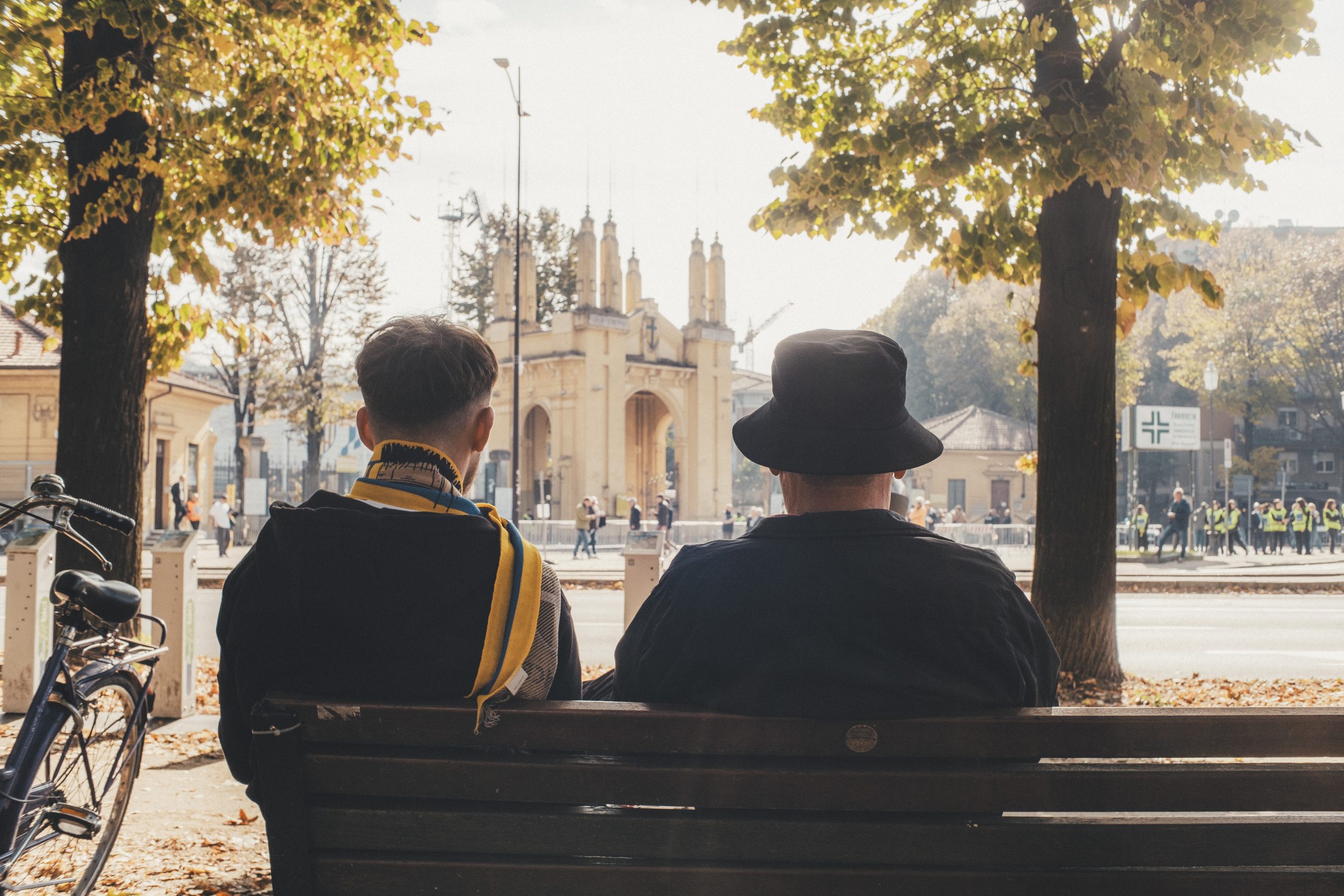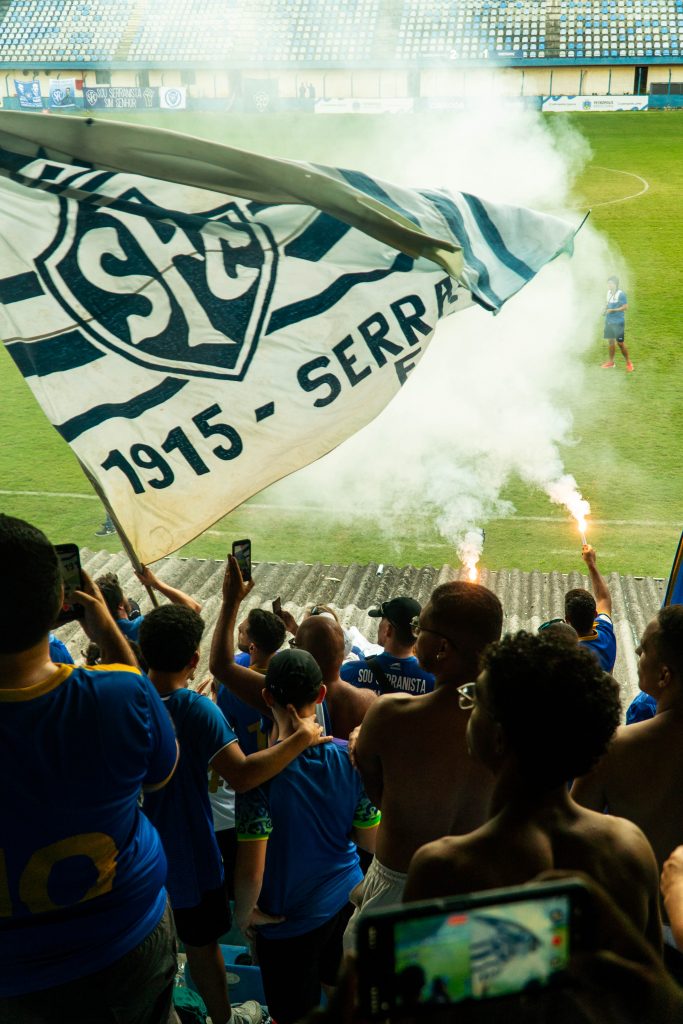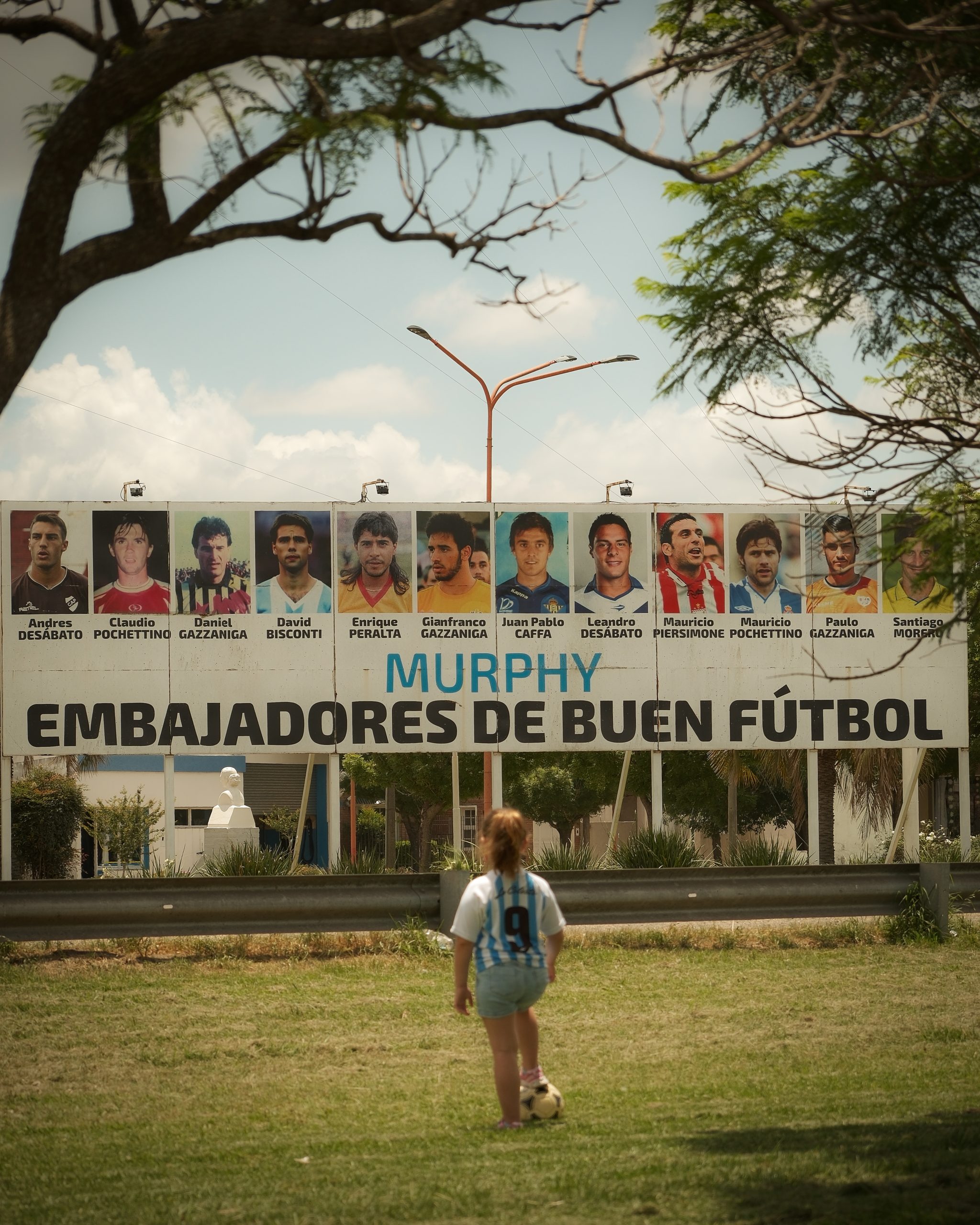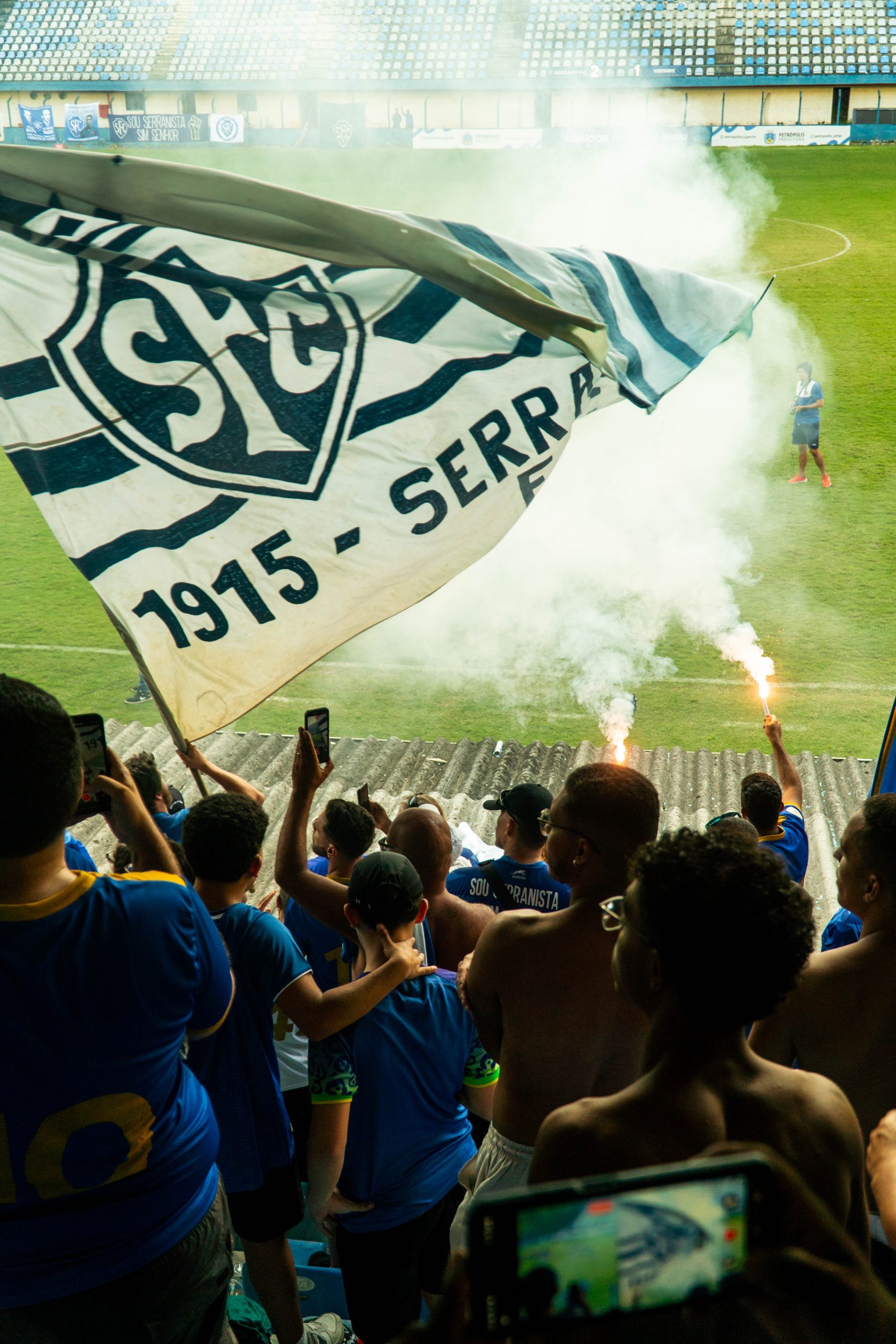Words and images by Gonzalo Alfaro
Family, food, and football in the heart of Emilia-Romagna.
On an autumn Sunday afternoon, I made my way to Parma’s home game — a pilgrimage of sorts to one of Italy’s most understated football cities. Parma isn’t loud or chaotic; it’s calm, graceful, and steeped in history. Yet beneath that quiet surface lies a football culture full of pride, resilience, and devotion.
The best way to sum up a matchday in Parma is through your first impressions as soon as you arrive in the stadium area: families, a quiet neighbourhood embracing the Tardini, and a huge street closed off as fans arrive, with a roundabout connecting all the roads leading to the stadium arch.
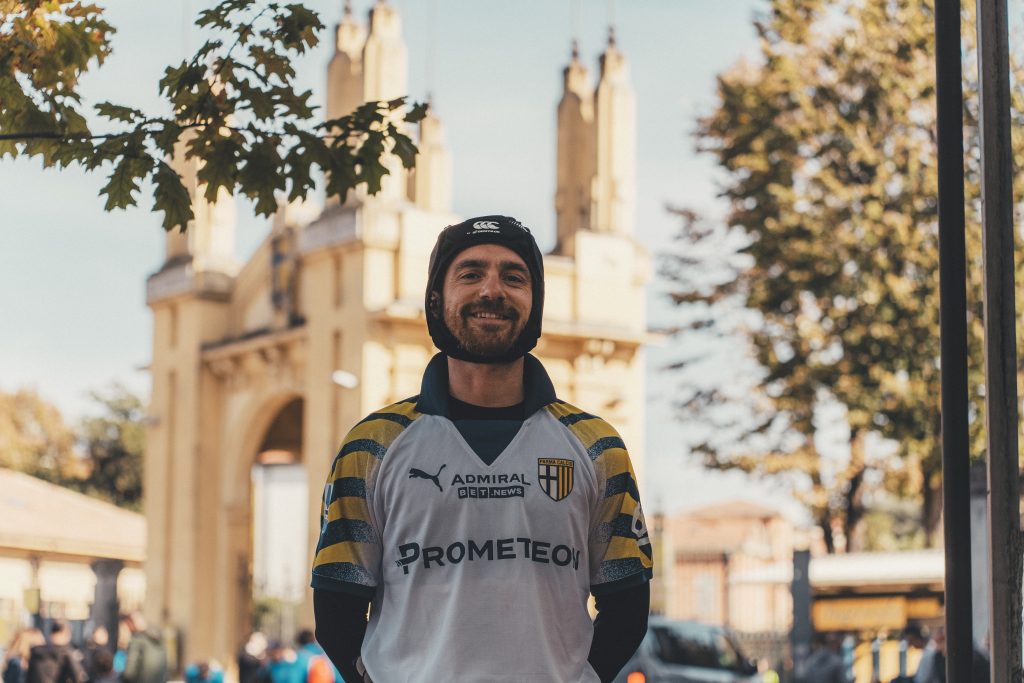
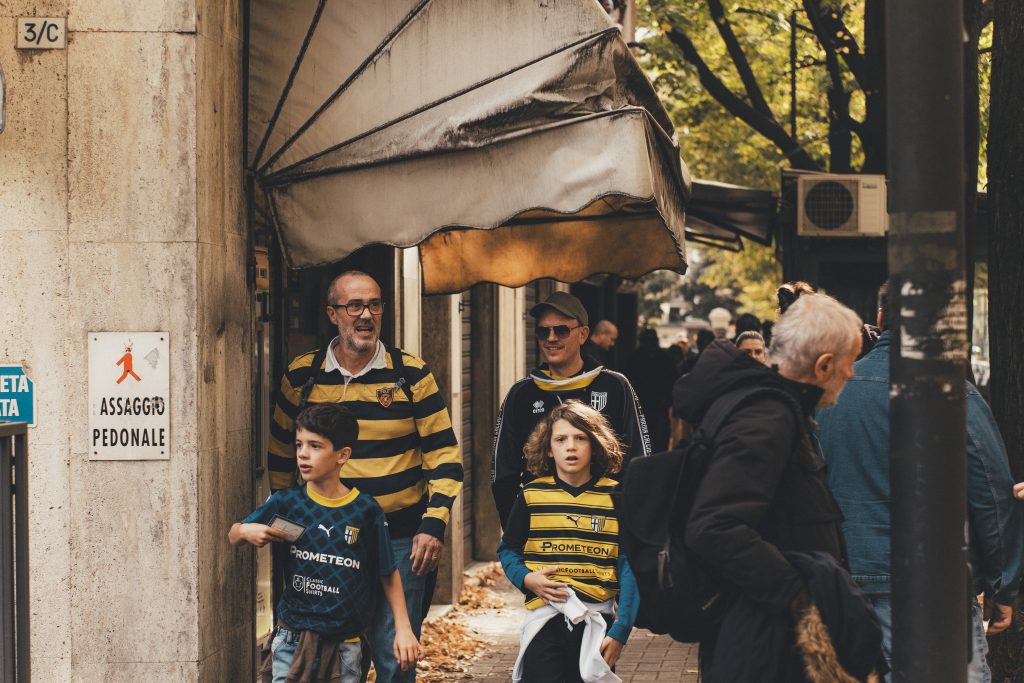
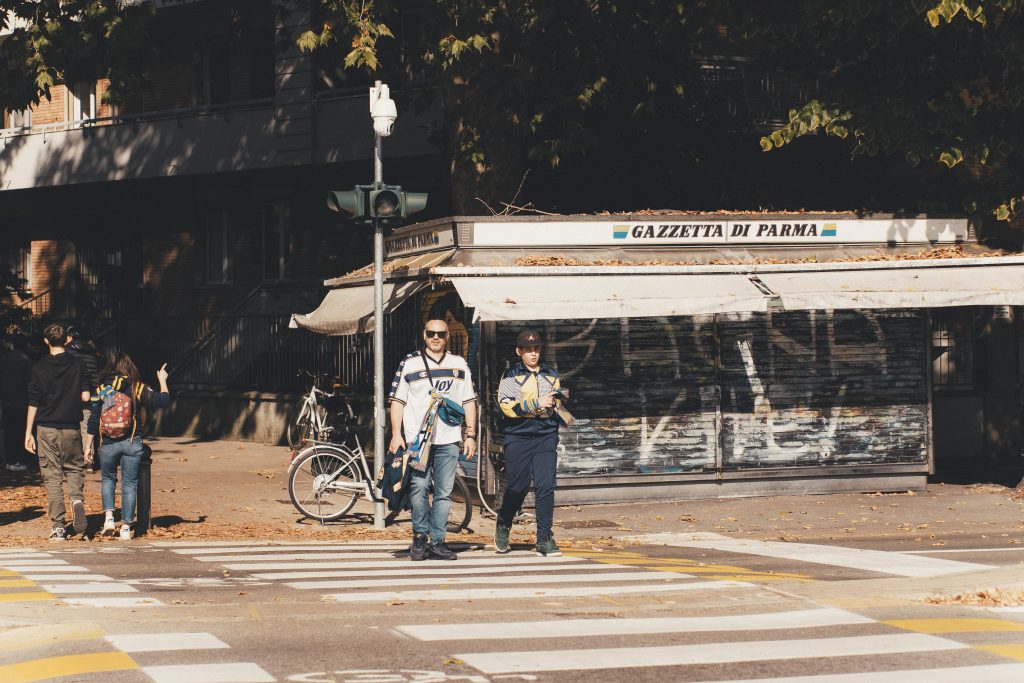
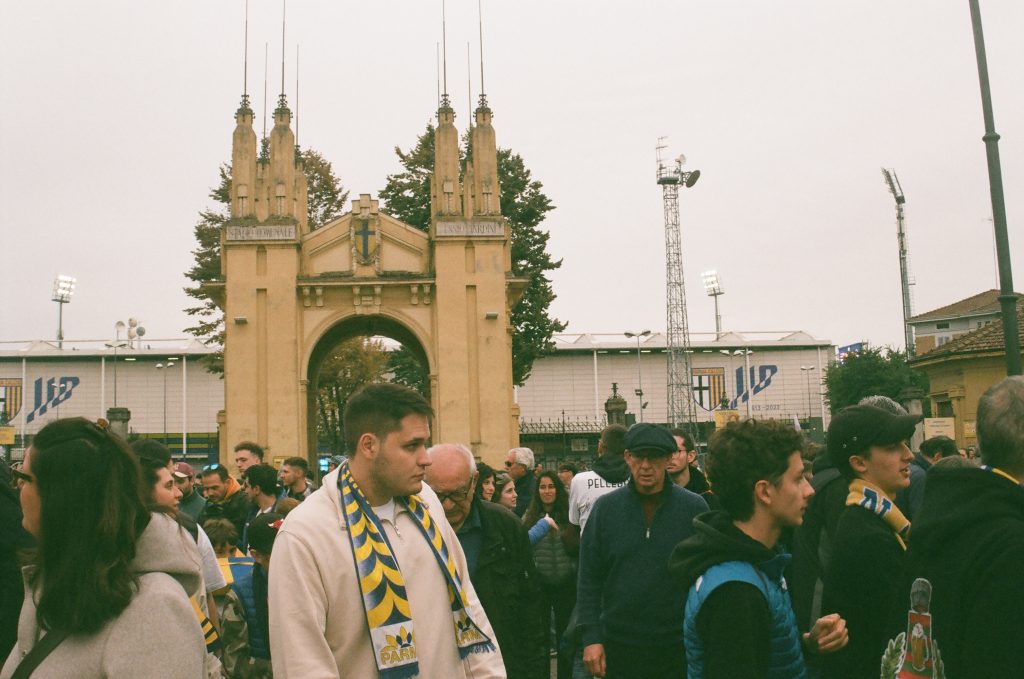
When it comes to atmosphere, this is where you begin to see a half-hidden side of Parma beneath its traditional façade. Non-stop chants, flags waving all match long, and above all, a proud curva filled with tifosi who look out for their own.
Parma is, hands down, one of the biggest cult-classic teams of the ’90s. Despite not being a big club, it made serious history — winning not only domestically (’91–’92 and ’98–’99) but also in Europe (’92–’93, ’93, ’94–’95, and ’98–’99) — with a star-studded team built not just through big signings but by creating stars. Buffon, Thuram, Cannavaro, Verón, Crespo, Chiesa, Dino Baggio, and Asprilla are names worthy of carrying on your back with pride — especially if it’s from the team where they first made their mark.



The first thing you hear about Parma is the food. Parmigiano Reggiano is the obvious star, but the city’s identity goes far beyond that. Cold cuts like Prosciutto di Parma and a long tradition of food science — the city hosts the European Food Safety Authority — have shaped its global reputation. Beyond food, Parma’s cultural life spans theatre, music, puppetry, literature, and year-round festivals. Cross the river to Oltretorrente and you’ll find a more rebellious soul, tied to the partigiani and the city’s barricade history — books, wine, and countercultural spaces. Parma blends tradition and contrast: city life and the rural rhythms of the Po Valley, university students and bohemian currents — slow, quiet, and full of stories.
Exploring the city and speaking with locals, you can tell that, despite not being the noisiest fan base, Parma is filled with stories of strong, deep connections between the club, its staff, and its players. I heard stories from people my age who, as children, would knock on Crespo’s door just to say hello to their idol; fans who know exactly where to find Asprilla whenever he returns to visit old friends; and older tifosi who still insist they’ve never seen a foot like Verón’s on the pitch again.
For a club that’s been rattled by financial troubles, the idea of that glorious 1990s era gives fans hope — hope for a brighter future ahead.

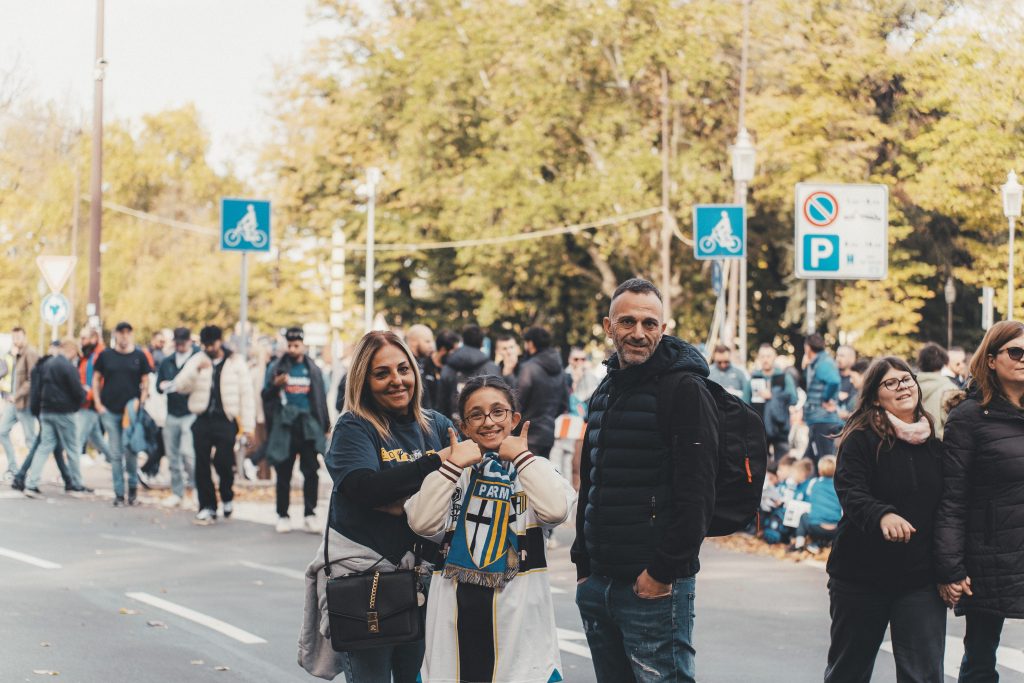

All Words and images by Gonzalo Alfaro

